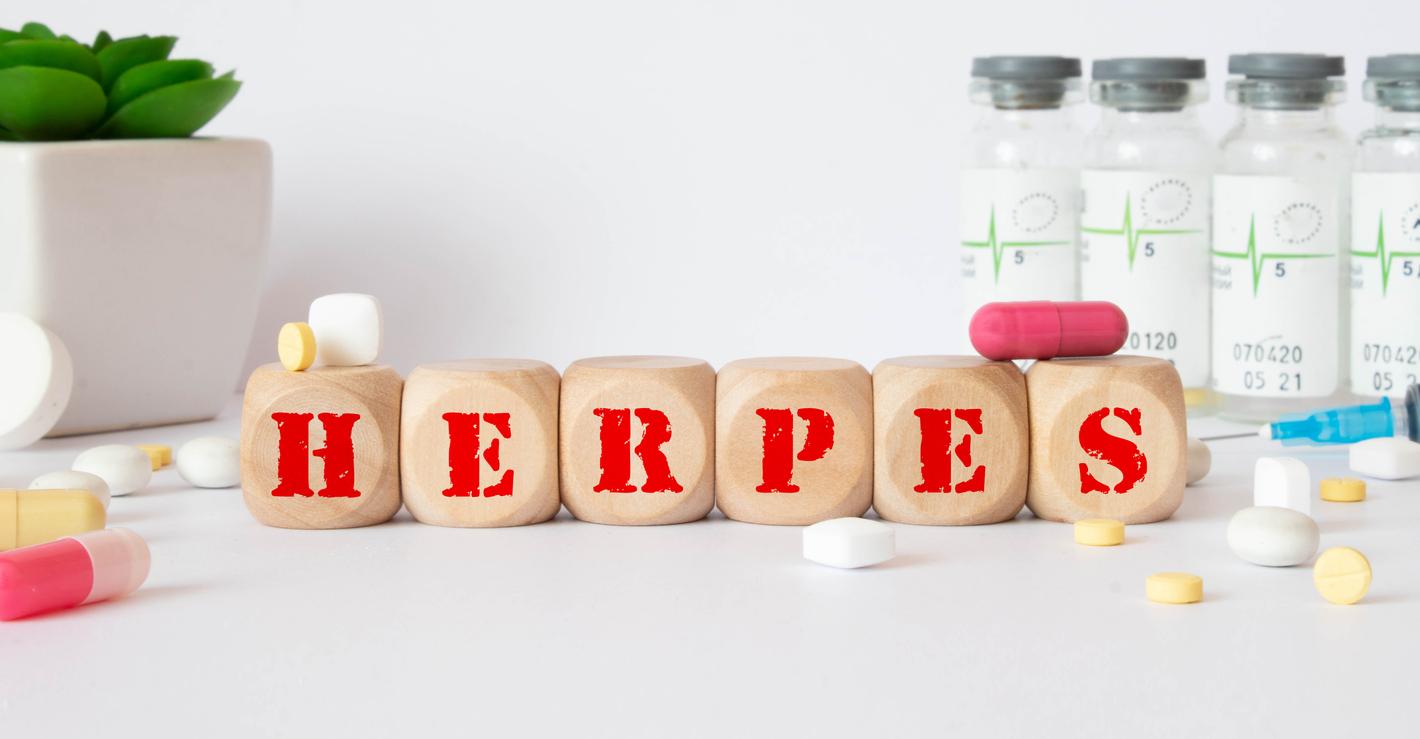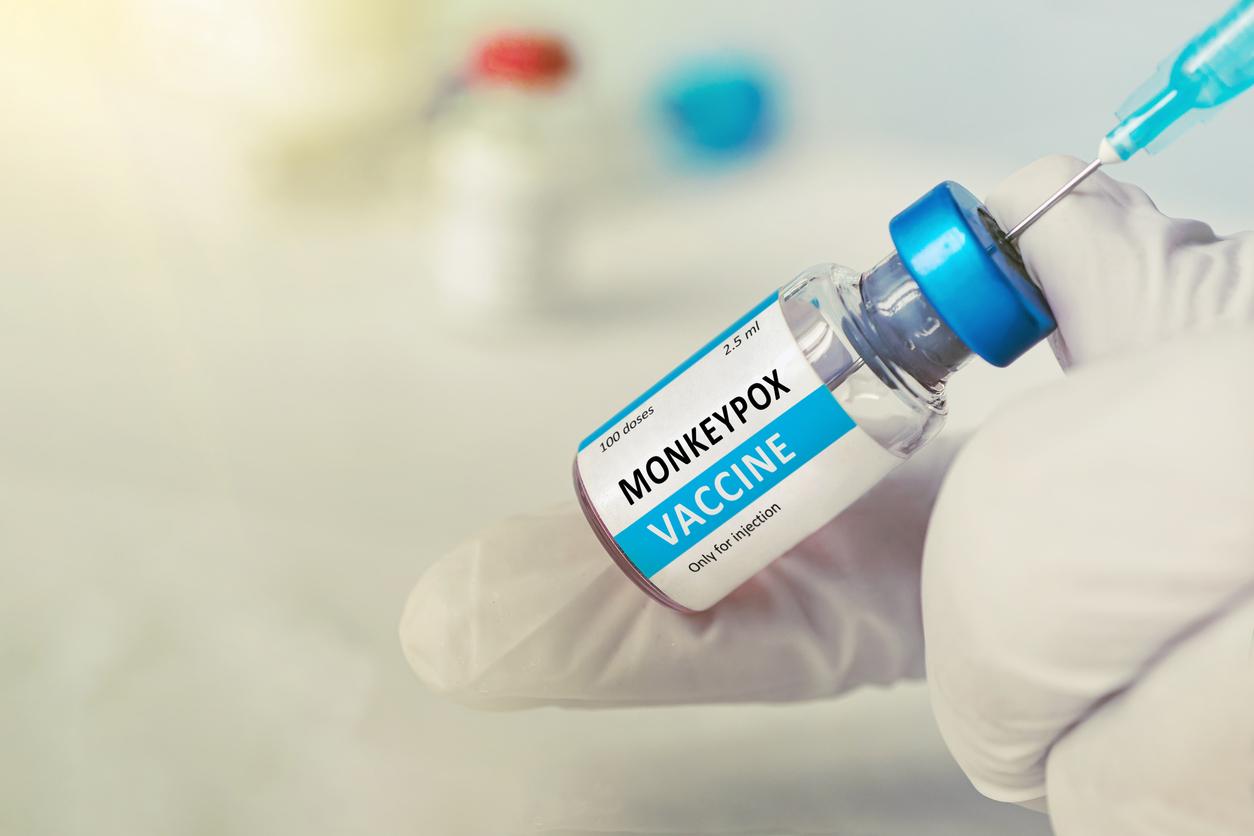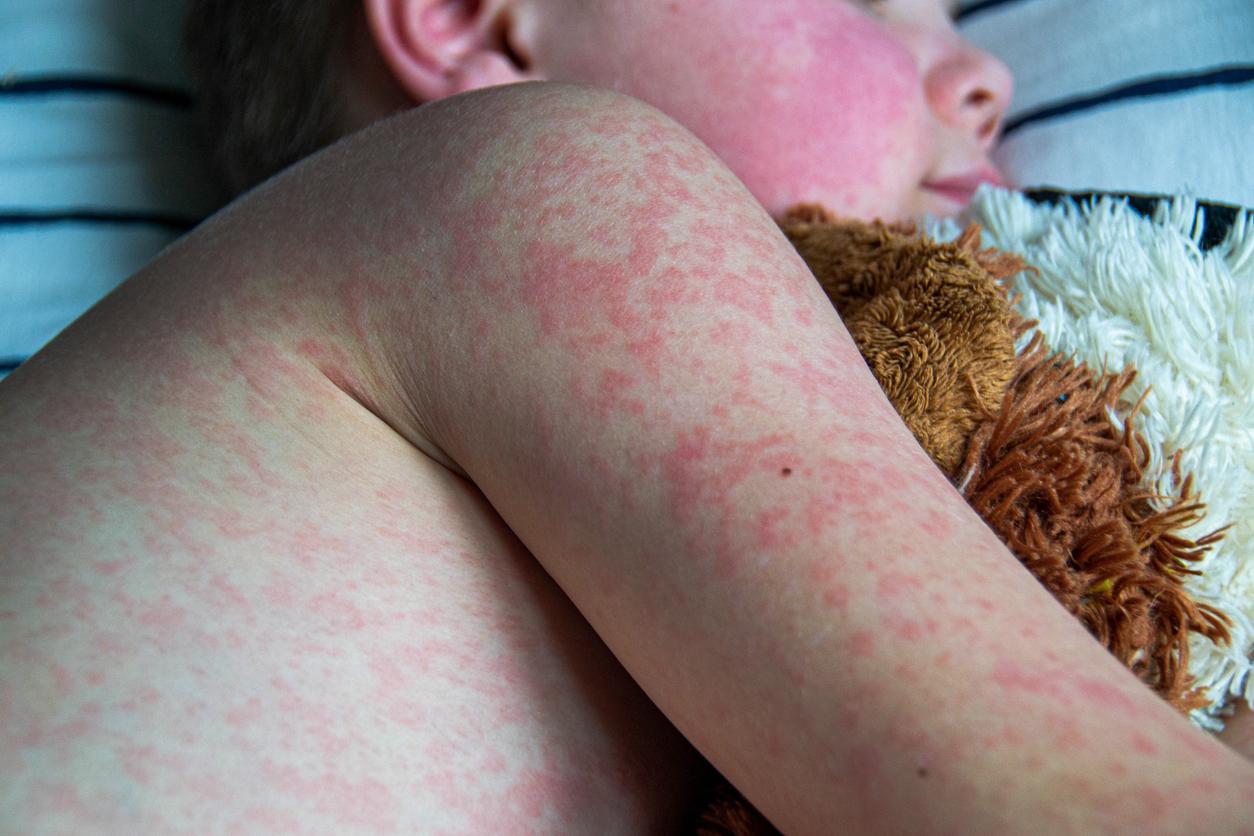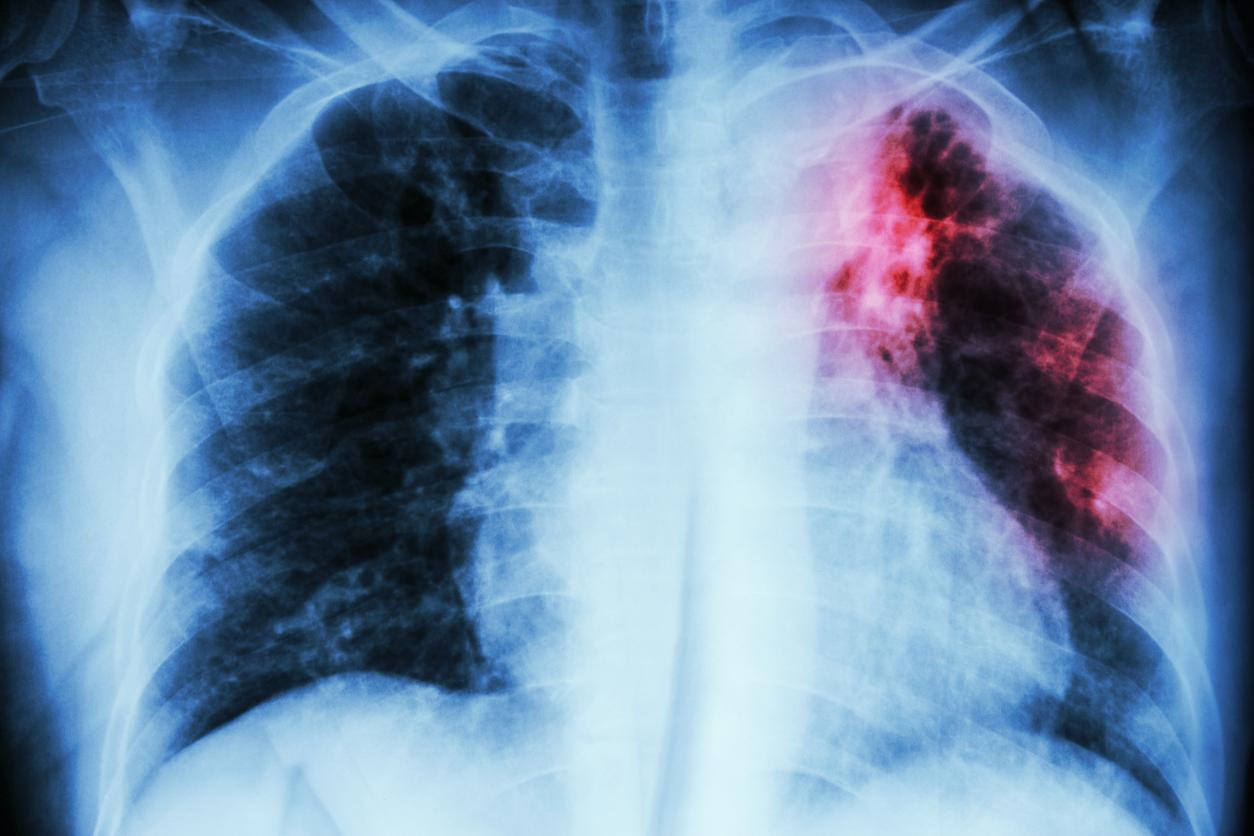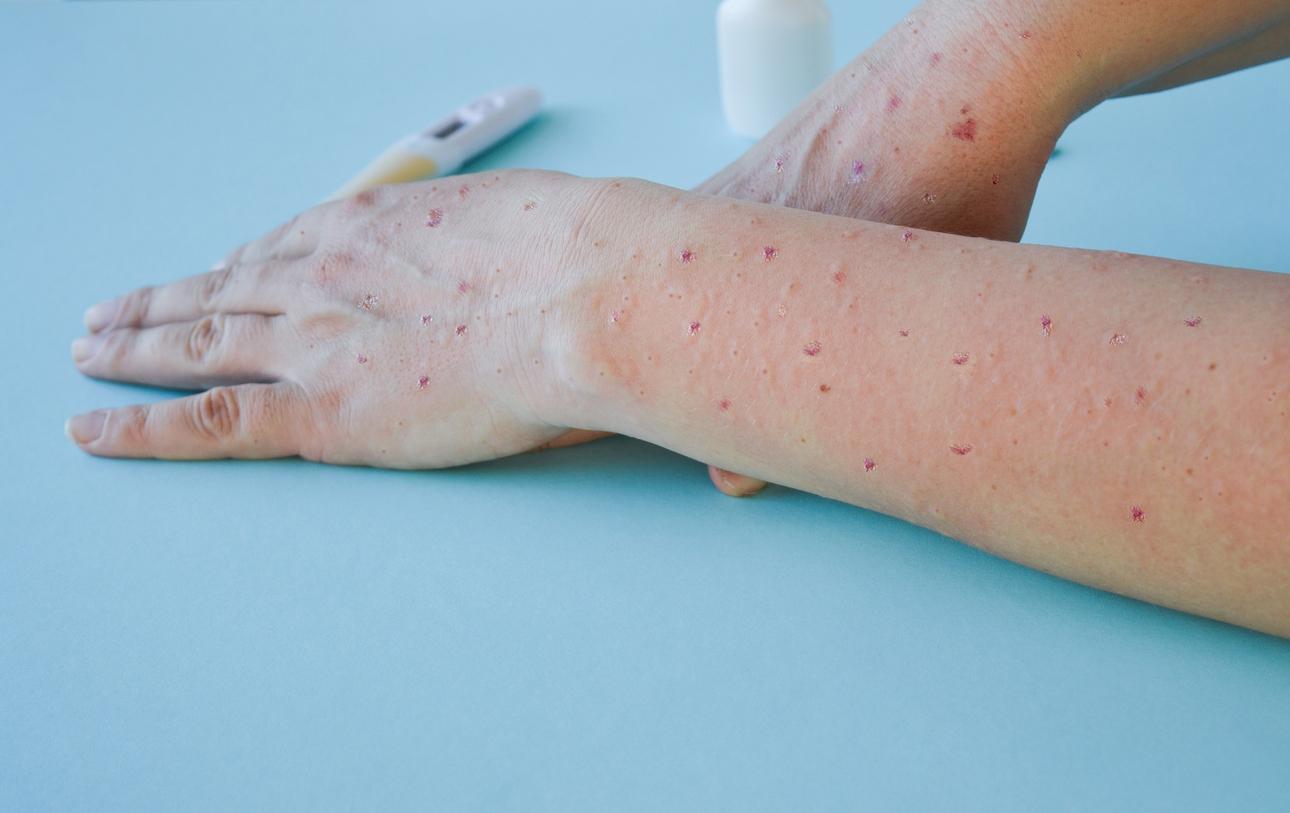Infectious diseases, traffic accidents and mental disorders kill too many adolescents in the world. WHO denounces the lack of care for young people.
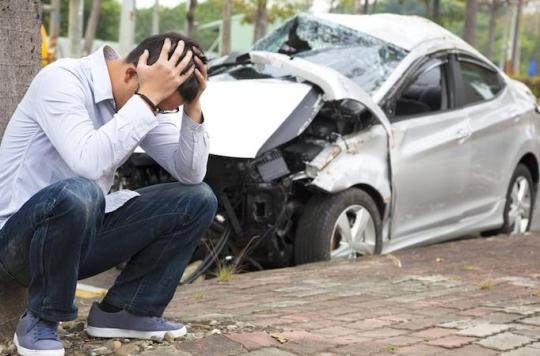
Every day, 3,000 adolescents die prematurely. While most of these deaths occur in underprivileged countries, the industrialized world is not spared. This May 16, the World Health Organization (WHO) declares war on this preventable mortality. She denounces the lack of policies dedicated to this population.
The vast majority of teenage deaths are due to preventable causes. Road accidents, respiratory infections, self-destructive behavior: these are the main reasons for the death of young people. In 2015, two thirds of these premature deaths occurred on the African continent and in Southeast Asia.
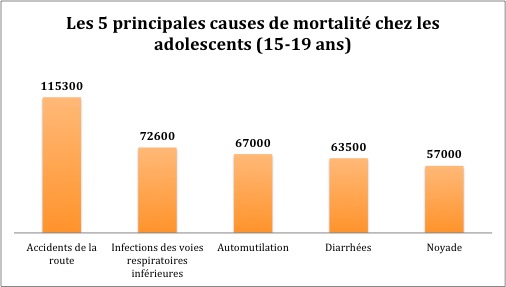
Difficult pregnancies
Depending on the sex, the causes of death vary significantly. While road accidents are the primary killers among young men, their female counterparts succumb mainly to respiratory illnesses. The fault, according to the WHO, is too much indoor pollution.
After 15 years, the mortality profile varies dramatically. Young girls are mainly the victims of pregnancy complications – hemorrhages, sepsis or even complications of an abortion. In addition to the gaps in monitoring, this finding raises the issue of sexual violence, prostitution and also arranged marriages.
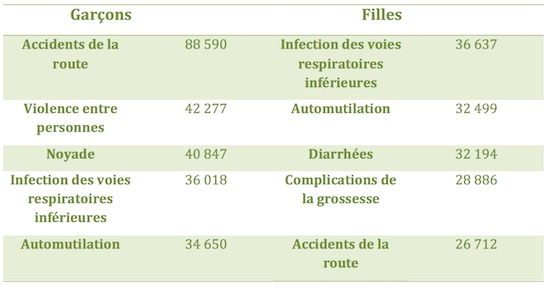
5 main causes of adolescent mortality in 2015 by sex (WHO)
One constant persists at this sensitive age: self-destructive behaviors are very present. With 67,000 deaths in 2015, self-injury is the third leading cause of teenage death. It is particularly present in Europe, where it ranks second. And appropriate care services are offered unevenly.
Difficult conditions
Where advantaged countries suffer the most from the consequences of a harmful lifestyle, living conditions are clearly dominant in low and middle income countries. Communicable diseases, meningitis or even diarrhea kill as much as road accidents. Thus, 40,000 teenagers died of AIDS in 2015.
In the most fragile contexts, it is even worse. Adolescents are forced to get their hands dirty in order to survive, even if it means engaging in the sex trade in some cases. In April, a report denounced the sexual exploitation of refugee children in Greece.
The consequences are just as serious: infectious diseases, malnutrition or unwanted pregnancies are the lot of these adolescents forced to behave like adults.
Mental disorders ignored
Taking stock is not enough. WHO also offers concrete solutions to reduce adolescent mortality. Because dedicated policies are conspicuous by their absence. “Adolescents have been largely absent from national health policies for decades,” laments Dr Flavia Bustreo, Deputy Director-General of the WHO.
Compulsory wearing of seat belts, reduction of access to firearms, development of sanitary facilities worthy of the name are the necessary steps. But the Organization is particularly interested in young people who suffer from mental disorders or addictions. These problems persist due to lack of access to appropriate care, or knowledge. The relationship with the appropriate structures must therefore be strengthened.
.










